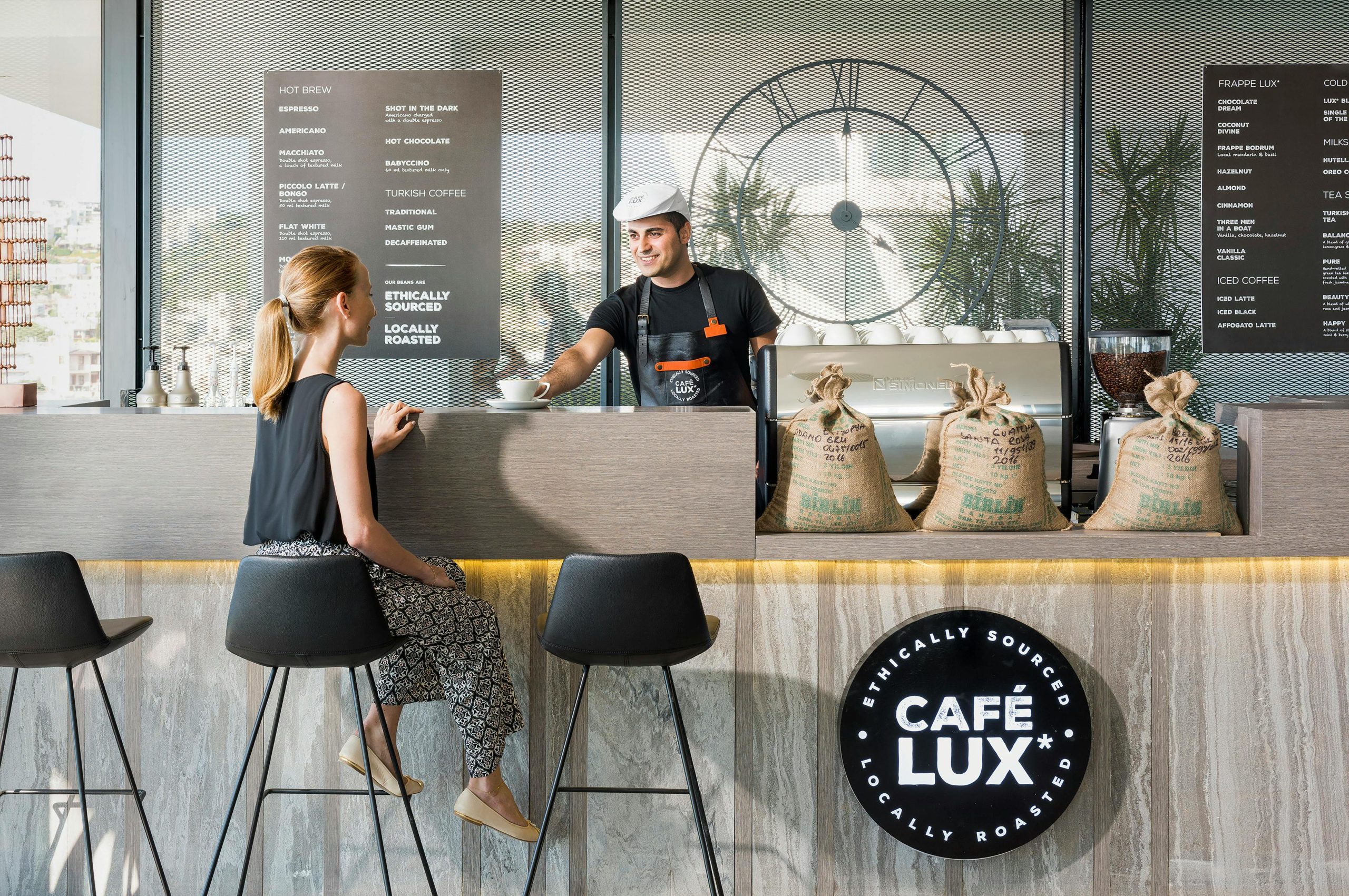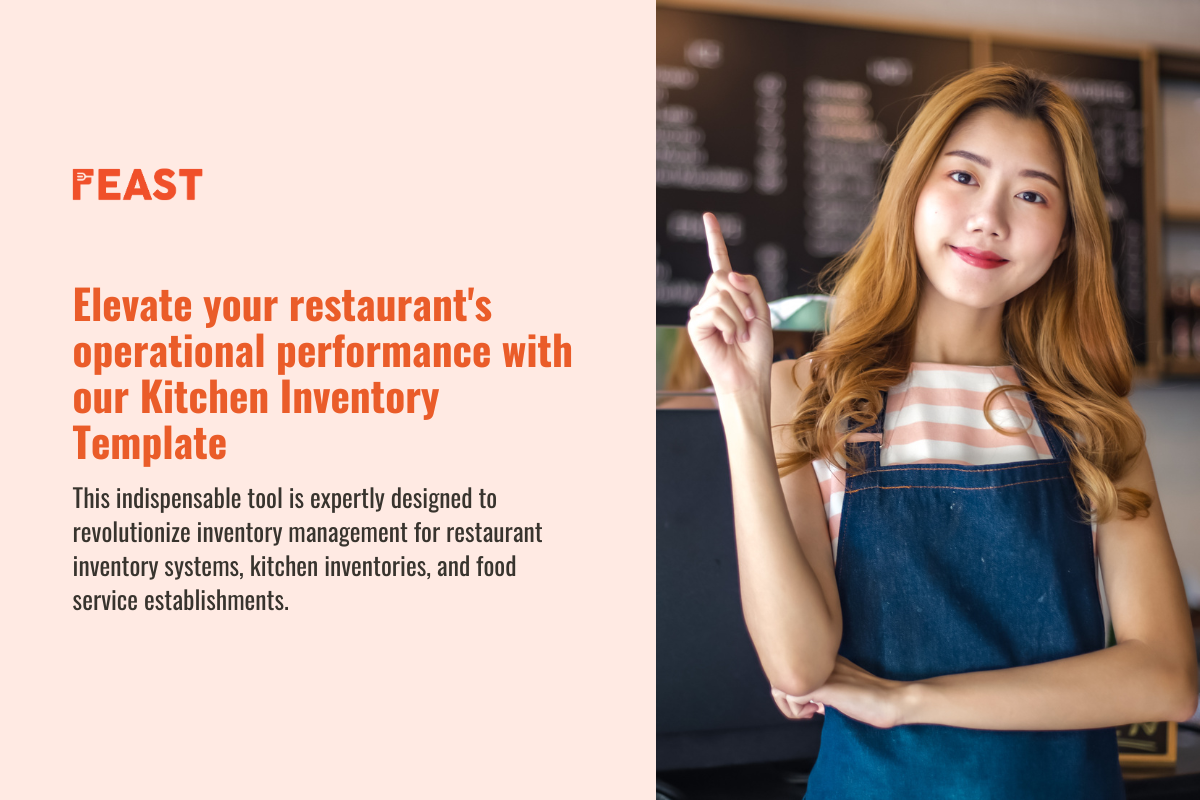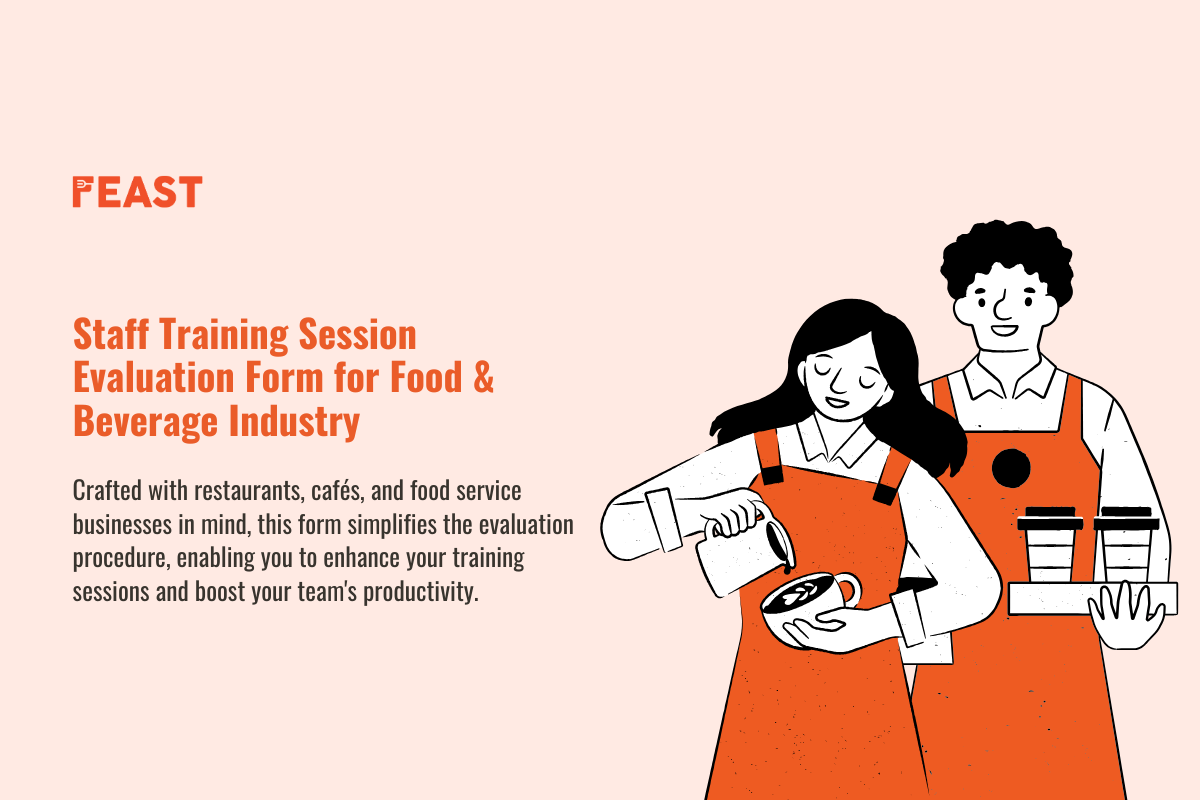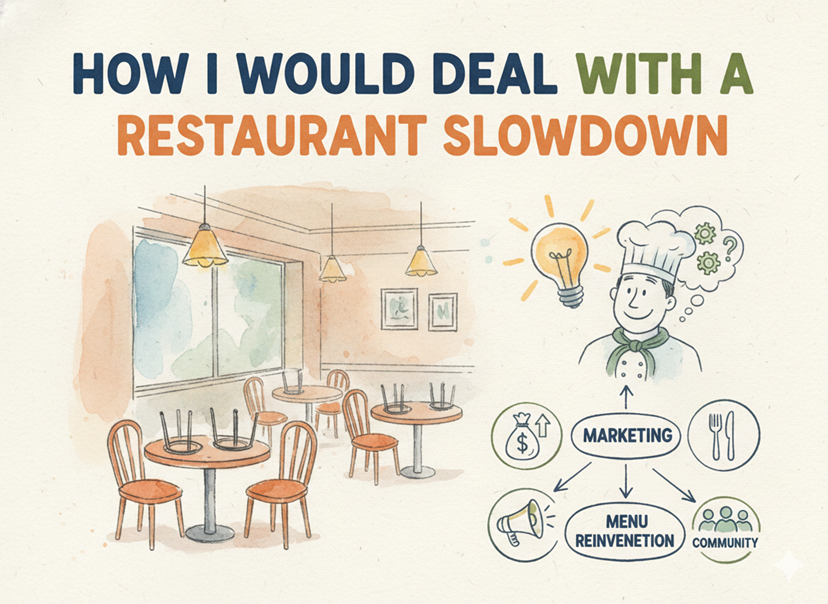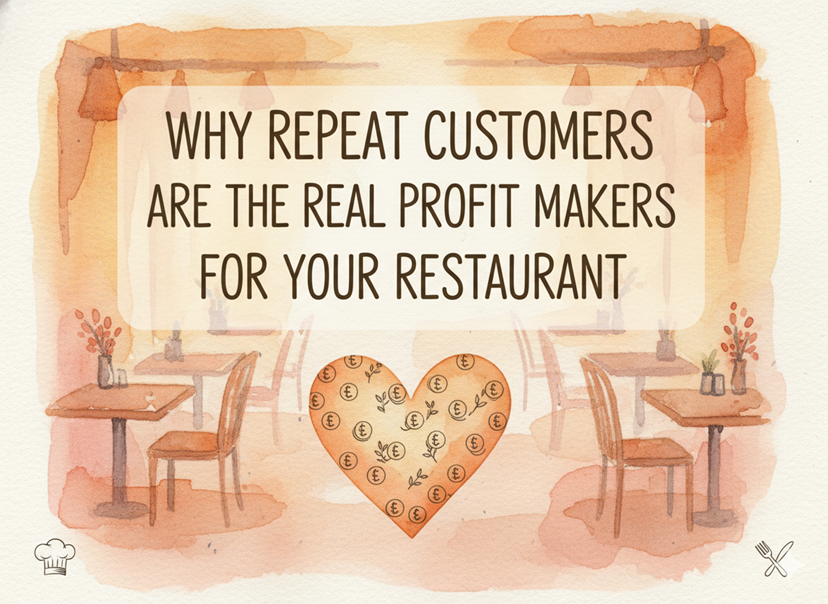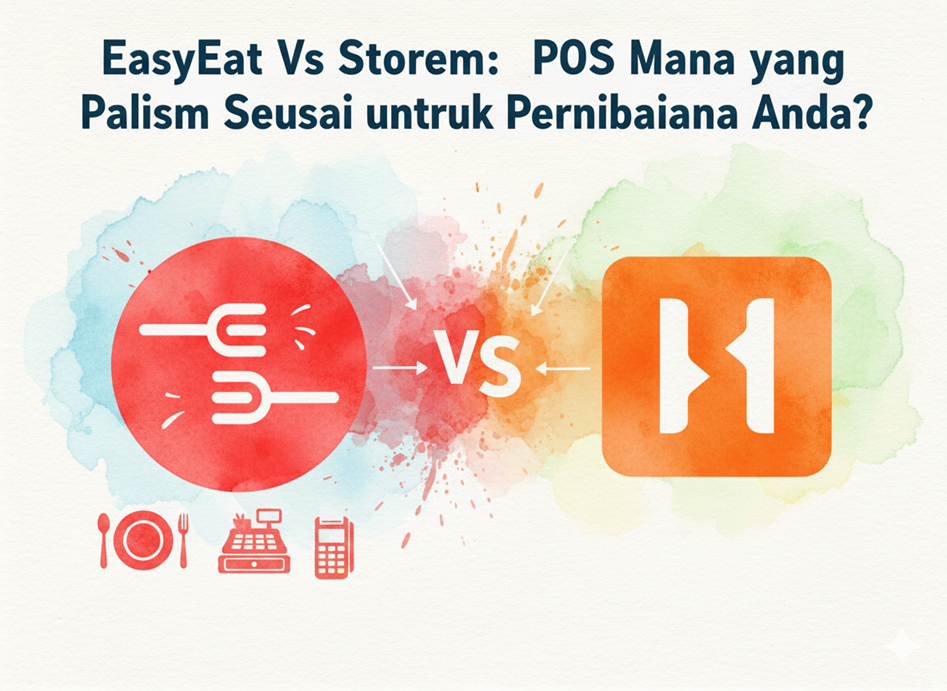The more branches you open, the harder it becomes to keep every restaurant menu identical. You might raise the price of ikan bakar at Bukit Bintang, forget to do the same in Melaka, and next thing you know, guests are posting screenshots that do not match the bill. Industry analysts estimate Malaysia’s food‑service market will be worth about USD 14.75 billion (≈ RM 68 billion) in 2025 and grow at a 13 % annual pace through 2030. At the same time, the Department of Statistics reports that 99.5 % of Malaysians use mobile phones and 90 % of rural households have internet access, so people spot menu inconsistencies almost instantly. In this always‑online setting, keeping every listing accurate is not just nice to have—it is essential for trust.
What is Menu Management?
Menu management is the ongoing work of designing, pricing, and updating dishes. When this job is handled with spreadsheets or handwritten notes, it eats hours and invites mistakes. A LinkedIn survey of global F&B managers found that the average outlet spends 156 hours a year on manual menu updates—nearly one full work‑month that could be spent on higher‑value tasks. The cost is not just time; every mis‑typed digit can wipe out profits on a popular dish.
Malaysia’s chains are scaling fast, with full‑service brands predicted to expand 6.8 % per year between 2023 and 2028. More stores mean more menus across POS screens, QR codes, kiosks, and delivery apps. Without a smarter process, each new location multiplies the chance of errors.
What is a Menu Management System?
A menu management system is a tool that lets you control all your food items, prices, and changes in one place. It puts every dish, price, and option into a single online dashboard. Once you make a change, it updates everything at once across all your channels. This includes your POS system, inventory, delivery platforms, and more.
You don’t need to call your team, send WhatsApp messages, or use USB drives to update menus. One click is enough. The system handles everything in real time. ConnectPOS explains it simply as “update once, apply everywhere.” It helps you avoid doing the same work again and again. It also reduces mistakes, like wrong prices or missing items.
You will feel the difference right away. If you add a seasonal drink and click save, it goes live on GrabFood, Foodpanda, your cashier screen, and your kitchen’s printed order slips—all within minutes. You don’t have to wait until the next day. Everything is faster, smoother, and more accurate.
Benefits of a Menu Management System
Consistency is one of the biggest benefits. If nasi lemak costs RM 9.90 in Johor Bahru, it should show the same price in Penang too. A menu management system makes this possible. You don’t need to worry about differences between outlets. You control what appears on every screen from one place.
You also save time. You don’t have to update the menus branch by branch. No need to call staff or stay up late just to change prices. With a menu management system for restaurants, you can do it in a few clicks. It works for all outlets at once. You can also schedule updates to go live at the exact time you want.
The system also helps avoid mistakes. Staff won’t see old items that should no longer be sold. They can only select items that are active. This reduces errors and improves customer experience. It also means fewer refunds and complaints.
Reporting becomes easier, too. All your data stays in one place. You can see which dish is selling well and which one is not. You can check this data by outlet, by time, or by day. This helps you make better choices about what to keep, remove, or promote.
You will also understand your profit better. When pricing and items are clear, you can control your costs more easily. You can adjust prices quickly when ingredient costs go up. That way, you don’t lose money without knowing.
Why multi‑outlet groups feel the pinch harder
A solo café can survive a stray decimal point. Chains cannot. Guests expect the same sambal portion and the same bill in every branch. As your footprint expands, so does the lag between deciding on a change and seeing it live everywhere. That lag costs money. Studies across Asia show that outlets relying on manual updates saw operational costs rise roughly 5 % year‑on‑year, mostly from extra labour and voided items. With growth fuelled by social media, an error posted online can spread faster than you can delete it.
Introducing EasyEat’s Central Menu Management
EasyEat is answering the problem with a new central menu management feature for restaurants. Sitting inside the existing EasyEat cloud POS, the feature allows you to add, remove, or edit items in bulk and publish them to every outlet simultaneously.
You will see a clean grid of every dish, modifier, and combo. Select multiple rows, adjust price, change the photo, toggle an item to “hidden,” then hit publish. Within seconds, every connected outlet, kiosk, QR menu, and delivery partner is updated. Because the tool logs every change with a timestamp, you always know who edited what. Recipes link directly to inventory, so deleting a dish archives its raw materials and prevents ghost stock.
FAQ
By moving to central menu management now, you set yourself up to serve guests faster, avoid costly errors, and stay ready for digitization.

